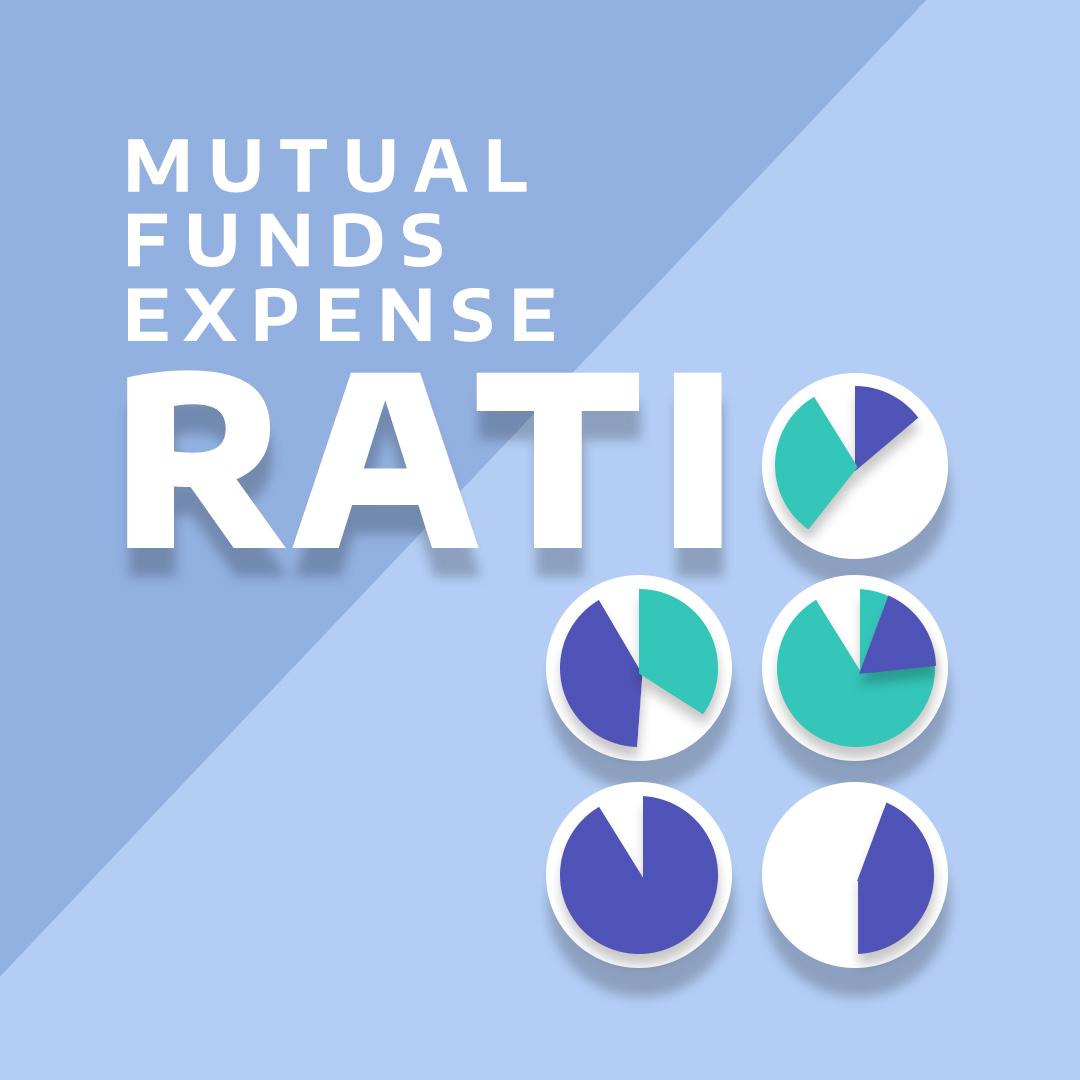Expense Ratio

If you are a regular investor or thinking of investing in mutual funds, it is important to gain information about how mutual funds work. During the research, you must have come across the term called ‘expense ratio’ or your financial advisor may have informed you about it while handling your investment portfolio. So what does this term ‘expense ratio’ mean? How does it affect the overall returns of your mutual fund investment? Let us try to get an in-detail understanding of it.
What is an Expense Ratio?
An expense ratio is the fees that asset management companies (AMCs) charge you for managing your investment. You can compare this to the fees a doctor charges for their services. Depending on the type of mutual fund, the expense ratio may fluctuate. To put it in simple words, it is the expense of operating a mutual fund. The financial advisor or the fund manager takes up the largest piece of the operating expenses. It becomes a part of their fees. The rest of the amount of towards managing the costs of registrar fees, legal services, accounting fees, auditing fees, custodial fees, etc. Some other operating expenses may also involve marketing costs.
The fee of expense ratio is cut from your investment daily, after which the NAV (Net Asset Value) is published. This is the reason why it doesn’t affect you on a regular basis. However, if you are looking for long-term investment (more than 5 years) then it can make a considerable difference to your returns.
As per the latest regulations by SEBI, the expense ratio for debt funds cannot be more than 2.25% whereas, for equity funds, it should not go beyond 2.5%.
Components of Expense Ratio
As mentioned above, the expense ratio involves various charges that are necessary for the seamless administration of a mutual fund scheme. The cost of this administration is recovered from the investors on a daily basis however, it is revealed only once every six months.
There are 3 major components of an expense ratio
a. Management Fees:
Management fees is the compensation provided to the Fund Managers for their expertise and knowledge in investing in the various mutual fund portfolios. Every Asset Management Company appoints Fund Managers who possess high degree of education and experience and hence, are paid an investment advisory fees for their services in helping take the correct investment decisions. The average fees is about 0.5% to 1% of the overall fund assets.
b. Cost of Administration:
This component of the expense ratio is basically, the cost incurred on customer support, record keeping, service and communication including communication through emails. Basically, these are the expenses incurred on running the fund. This cost is represented as a percentage of assets of the mutual fund.
c. 12-1b Distribution Fees:
Most of the mutual funds collect the 12-1b distribution fees for promoting and advertising the scheme. Most of the funds charge their stakeholders to promote as well as market the fund to the potential investors. The total of these three expenses is equal to the percentage of assets cut from the mutual fund and is called the expense ratio.
How Expense Ratio Affects Returns Generated from Investment?
So far we have understood that the Expense ratio is the fees charged by the AMCs to manage your investment portfolios. This fee is charged in terms of an annual percentage and can affect the returns on your investment. For example, if you invest Rs.10,000 in a mutual fund scheme that gives a return of 14% and the AMC charges a 2% expense ratio for managing the fund, then, your return on investment will be 12%, i.e., after deducting the expense ratio. It is, hence, important to note that the NAV of the mutual fund is published after subtracting all expenses and fees. Thus, a low expense ratio would indicate higher profits and a higher expense ratio will indicate lower profits on your investment.
The formula for Calculating Expense Ratio
Expense Ratio = Operating Expenses/Average Value of Fund Assets
Illustration of How Expense Ratios Affects Mutual Fund Returns
Let’s take an example of how an investment of INR 10,000 in SIP will perform over a period of time
| Years | 0% | 1% | 1.5% | 2% |
| 1 Yr | 137,396 | 136,703 | 136,650 | 136,598 |
| 5 Yrs | 812,470 | 790,824 | 790,501 | 790,179 |
| 10 Yrs | 2,199,873 | 2,075,520 | 2,074,667 | 2,073,813 |
| 15 Yrs | 4,598,576 | 4,189,243 | 4,187,516 | 4,185,789 |
| 20 Yrs | 8,745,731 | 7,666,969 | 7,663,805 | 7,660,641 |
* The returns are calculated at the rate of 11%
However, high expense ratio does not necessarily correspond to low returns. If the schemes are managed aggressively then higher profits can be a result of the high expense ratio. This is also because of the correct choice of investment as well as assets with good stocks.


No Comments